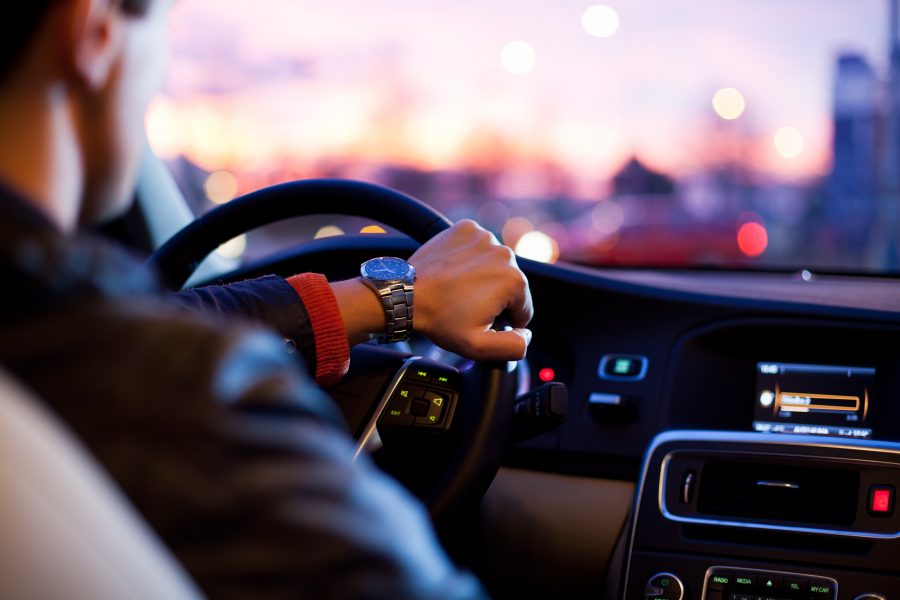As today marks the start of National Road Safety Week, the motoring experts at National Driving School of the Year, Bill plant have shared the following tips on how road users can stay as safe as possible on the road, particularly during the darker evenings as we head towards the shortest day of the year
Just don’t drink and drive
Simply put, DON’T DRINK AND DRIVE! It is not worth it. Be safe, not sorry.
The law states that in England and Wales drivers are allowed 80 milligrams of alcohol per 100 milliliters of blood, 35 micrograms per 100 milliliters of breath or 107 milligrams per 100 milliliters or urine.
While this might amount to half a pint or a glass of wine, it is best to completely avoid alcohol if you are planning to drive. If you choose to drink, even just one, leave your car behind and find another way home. You will be facing a fine and a drinking ban if you do it, not only that it dangerously puts other people’s lives at risk and who are you to play God.
Check your car over
In the past few weeks, driving conditions on UK roads have significantly changed. It’s likely to still be dark when you head off to work in the morning, and then again when you arrive home in the evening. As well as that, with the winter weather unpredictable at best, it’s important to make sure you’re checking your car at least once a week at this time of year. Ensure that none of your lights have blown, all your brakes work efficiently, the pressure in your tyres is at a safe level, and that the car has sufficient oil levels.
Keep a survival kit in the boot of your car
If your car breaks down and you are forced to wait for recovery, you’ll need to stock up on some essentials to keep on board for an emergency. Some of the items that you’ll want for a ‘survival kit’ include a jacket, blanket, waterproofs, torch and some protein snacks with long use-by dates on them. It’s also worth stocking up on jump leads, de-icer and/or an ice scraper, a first aid kit and – probably the most important – a warning triangle to place in the road and let approaching vehicles know that you are ahead. Keep a portable phone charger with you also, just incase your phone dies.
Don’t take your eyes off the road
This is a given at all times of the year, not just during the winter months, but you are far less likely to see anything out of the corner of your eye when driving in the dark, not forgetting that even with your eyes on the road you may still miss some key obstacles and dangers, such as people walking into the road behind vehicles. If there is someone struggling to cross the road who is vulnerable, it doesn’t hurt to stop and let them cross.
Don’t make any assumptions
Don’t ever assume someone is a good driver, or try and predict what another motorist is going to do when you’re behind the wheel of a car. Don’t assume that the pedestrian has spotted you and won’t walk into the road; don’t assume that just because it’s your right of way that the oncoming vehicle is going to let you in right away. Most of the time everyone is out for themselves, being extra cautious doesn’t cost a thing.
Making assumptions increases the chances of an accident taking place. If anything, always assume the worst in others – assume the pedestrian will walk into the road and assume the oncoming driver will be aggressive and not give right away. This way you’ll be fully prepared to stop and act accordingly. Drive slowly, I remember misjudging a corner where it was icy and smashing into the curb bursting my tyre, not only can the damage be detrimental but it’s going to cost a lot of money to fix.
By Abi Trunk
Photo courtesy of why kei on Unsplash

